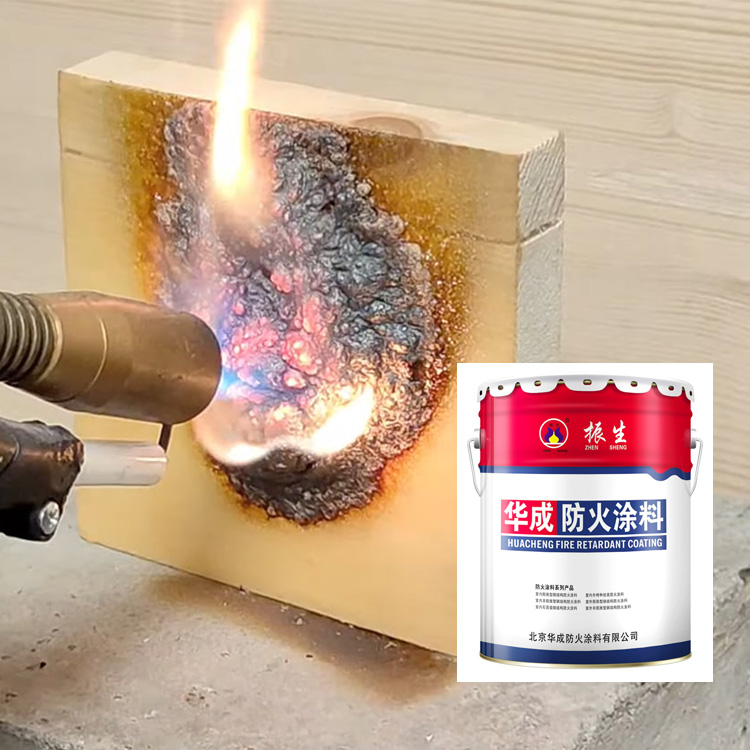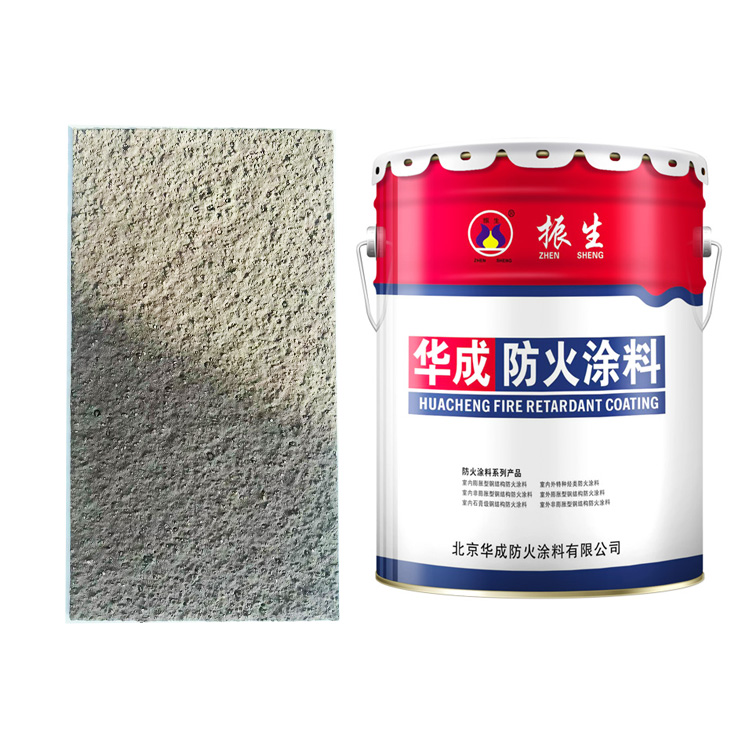
When painting large areas at home or in a shop, such as entire wooden partitions or entire wooden furniture, many people struggle with whether to hire a professional installation team or DIY. After all, hiring a professional installation team costs money, and while doing it yourself might save money, there's also the worry of problems. In fact, based on experience, it's recommended to hire a professional installation team for large-scale applications. Large-scale applications involve numerous details and demanding requirements, making them difficult for beginners to control. The result could be substandard fireproofing, requiring rework and further costly.

Professional installation teams apply Fire Retardant Paint for Wood daily. They have far more experience than the average person and can master every key step, something DIY can't match. For example, they understand how to prepare the surface of different wood types, what tools to use for applying different brands of fire-retardant paint, how many coats to apply, and how long between coats—these details directly impact the fire-retardant effect and paint quality. Professional teams have standardized processes to ensure an even, adherent paint surface, and guaranteed fire-retardant results. Furthermore, professional teams have specialized tools. For example, high-pressure sprayers are used for large-scale painting, which achieves a more even, efficient, and quicker finish than manual application. DIY artists typically use brushes or rollers, which can be tiring on large surfaces and leave brush and roller marks, affecting both the aesthetics and the integrity of the fire-retardant coating.
DIY artists often simply scrub the surface twice before applying Fire Retardant Paint For Wood, failing to properly sand the wood, leaving burrs. Others fail to repair cracks. After painting, the air trapped in the cracks expands due to heat, causing cracks in the paint. This not only affects the appearance but also damages the fire-retardant coating, reducing its effectiveness. The fire-retardant effect of Fire Retardant Paint For Wood is directly related to the thickness and number of coats applied. National standards are in place. For example, some require a dry film thickness of 0.5mm, requiring three to four coats. Professional teams use a paint thickness gauge to control the thickness and inspect each coat after application to ensure compliance. DIYers, lacking tools, can apply the paint by feel. This can lead to either applying it too thinly, failing to achieve the fire-retardant thickness, or applying it too thickly, causing it to dry prematurely and sag. Fire Retardant Paint For Wood requires an even drying layer to form an effective fire-retardant coating. A thicker coating will not dry thoroughly, resulting in smoke and a lack of flame retardancy. Furthermore, the interval between coats is crucial. Professional teams will follow the paint's instructions to determine the interval. For example, some paints require a four-hour interval between coats. DIYers often lack patience and apply the next coat shortly after finishing one, causing the two coats to stick together and easily separate after drying, making them easy to scrape off.

Fire Retardant Paint for Wood contains certain chemicals that can emit hazardous fumes when applied to large areas. Professional paint workers wear gas masks and gloves, open doors and windows for ventilation, and sometimes even use exhaust fans to prevent inhalation of harmful fumes. DIYers often don't have these protective measures and may only wear a standard mask, or even nothing at all. Painting in a confined space for extended periods can easily lead to dizziness and nausea, which can negatively impact health. There's also the issue of post-application waste disposal. Professional paint workers will dispose of used paint buckets, brushes, and other items as hazardous waste. DIYers may simply discard these materials in regular trash cans, which is not only unhealthy but also poses safety risks. For example, waste paint can easily ignite when exposed to open flames, so it must be handled with care.